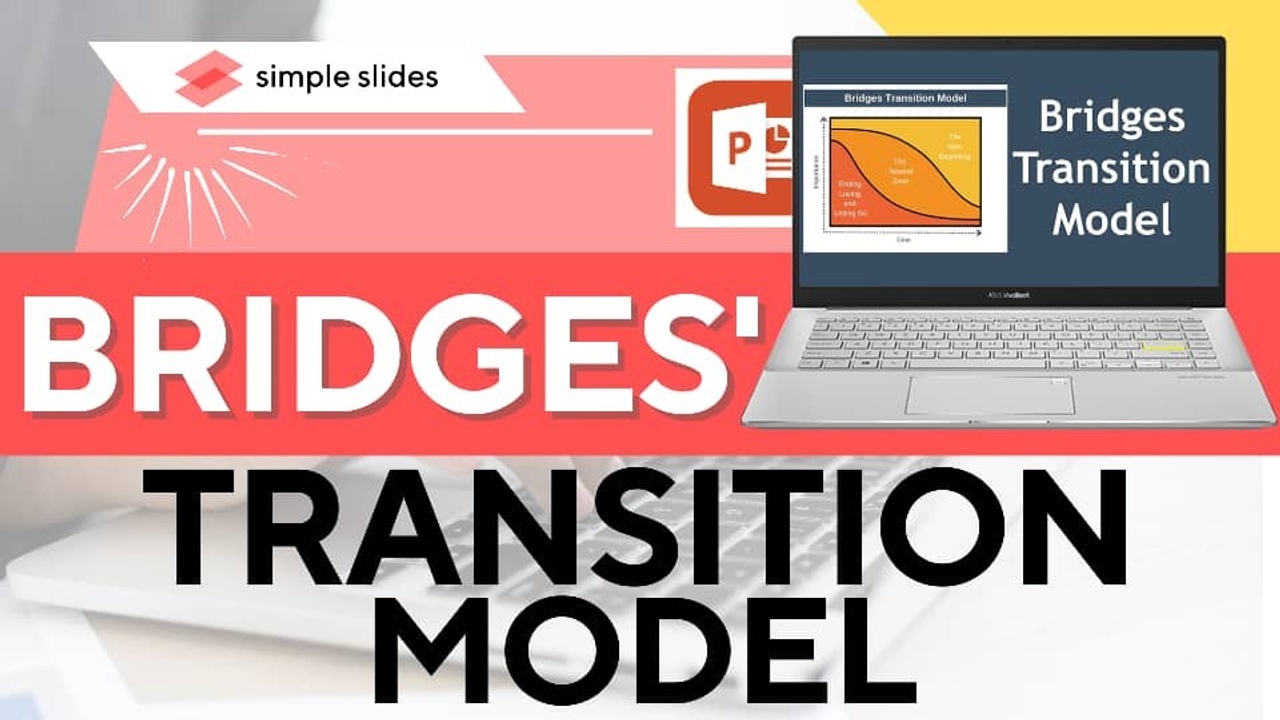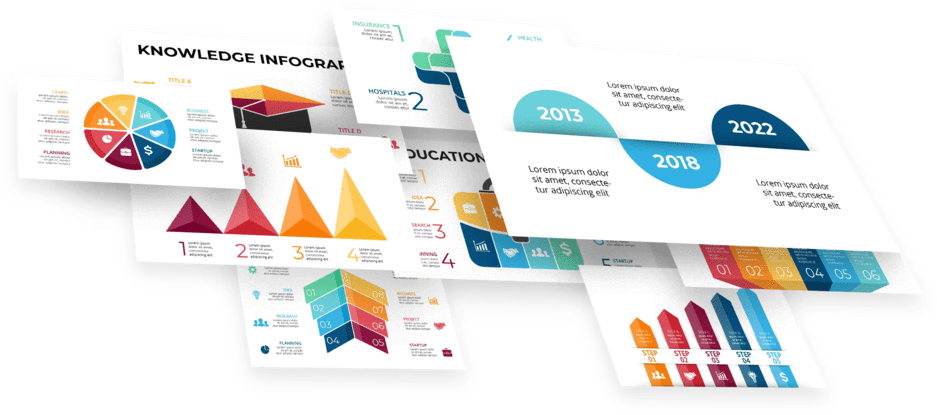Change Management With Bridges' Transition Model
Nov 16, 2022
Organizations approach change differently, as there are various change management models. These change management models go a long way in determining the success of a change initiative.
Bridges' transition model can be the right option if you need a strategy for controlling transitions and lower change resistance in your company. This unique change management model enables change leaders to guide employees through the transition process compassionately and, in doing so, drive employee involvement.
We will cover the essential details of this framework and show you how to implement it.
What Is Bridges' Transition Model?
Bridges' transition model is a change management framework more concerned with the transition than change. In his book Managing Transitions, William Bridges described how a transition differs from change.
According to William Bridges' explanation of William Bridges Transitions model, transition represents the psychological process during organizational change. The bridges Transition model helps with this distinction and allows change managers to manage change from a more human and personal angle.
Introducing Iceberg PowerPoint Templates.
The Difference Between Transition and Change
To implement William Bridges' transition model, you must first understand the differences between transition and change.
Change occurs externally. It is an external event that happens to people without their consent. Examples of organizational change include mergers, new processes, new product lines, etc.
On the other hand, a transition occurs internally. It is the internal psychological process people experience during change.
Change happens faster as people may remain in transition long after it occurs. Compassionate change leaders don't only focus on implementing change, but they also think of how to help people during transitions. The latter is vital to the success of a change initiative.
The Three Stages in Bridges' Transition Process
Bridges' model consists of three stages: endings, neutral zone, and new beginnings. Guide your employees through these phases to have a successful transition.
Ending, Losing, and Letting Go
When people learn about an impending change, they start thinking about how it will affect them and what they will lose. This is where a transition begins.
People may find it difficult to let go of relationships, processes, and comfort zones due to how emotional the change process can be. To avoid resistance, you must recognize their emotional upheaval and find a way to make things easier.
To help people let go, give them time to process their loss instead of requiring them to move on immediately. Communicate with them compassionately and allow them to express their emotions.
Neutral Zone
Employees move into the neutral zone after letting go. As the core of the process, it links the old to the new.
You should take this phase seriously because it is where critical psychological realignments occur. People may become anxious and skeptical at this stage. So, be ready to offer support as your employees adjust to the change.
First, you must make the new direction as straightforward as possible. You should also monitor your team's progress, promote innovation, and celebrate when you hit your milestones. The latter will be effective in boosting the team's morale.
These are the best marketing infographics!
New Beginning
A new beginning marks the end of a transition. As people embrace change and start pushing forward in a new direction, there is fresh air and a release of energy.
However, you must play your part in sustaining the change. Ensure your employees have the skills their new roles require, reward the top performers, and avoid complacency.
Advantages of Bridges' Transition Model.
Here are some advantages of choosing Bridges' transition model:
-
It is easy to implement.
-
It makes change leaders more empathetic.
-
It makes employees feel important.
-
It eliminates negative emotions.
Disadvantages of Bridges' Transition Model.
Here are some drawbacks of using Bridges' transition model:
-
Human emotions are complicated.
-
It doesn't offer a step-by-step guide.
Download a Bridges' Change Model Template.
Bridges' transition model focuses on people's emotions as they change. This is a top secret of well-managed transitions. Download our Bridges' transition model template to implement this change management framework.
Frequently Asked Questions:
What is Bridges' transition model?
Bridges' transition model is a change management model that concentrates on the human side of organizational change.
What are the three stages in Bridges' model?
The three stages of transition in Bridges' model are endings, neutral zone, and new beginnings.
Who introduced Bridges' change management model?
William Bridges introduced the transition model in 1979.
Related Articles:
Get A Free Sample of Our Award-Winning PowerPoint Templates + University
Get A Free Sample of Our Award-Winning PowerPoint Templates + University
Join our mailing list to receive the latest news and updates from our team.
Don't worry, your information will not be shared.
We hate SPAM. We will never sell your information, for any reason.





